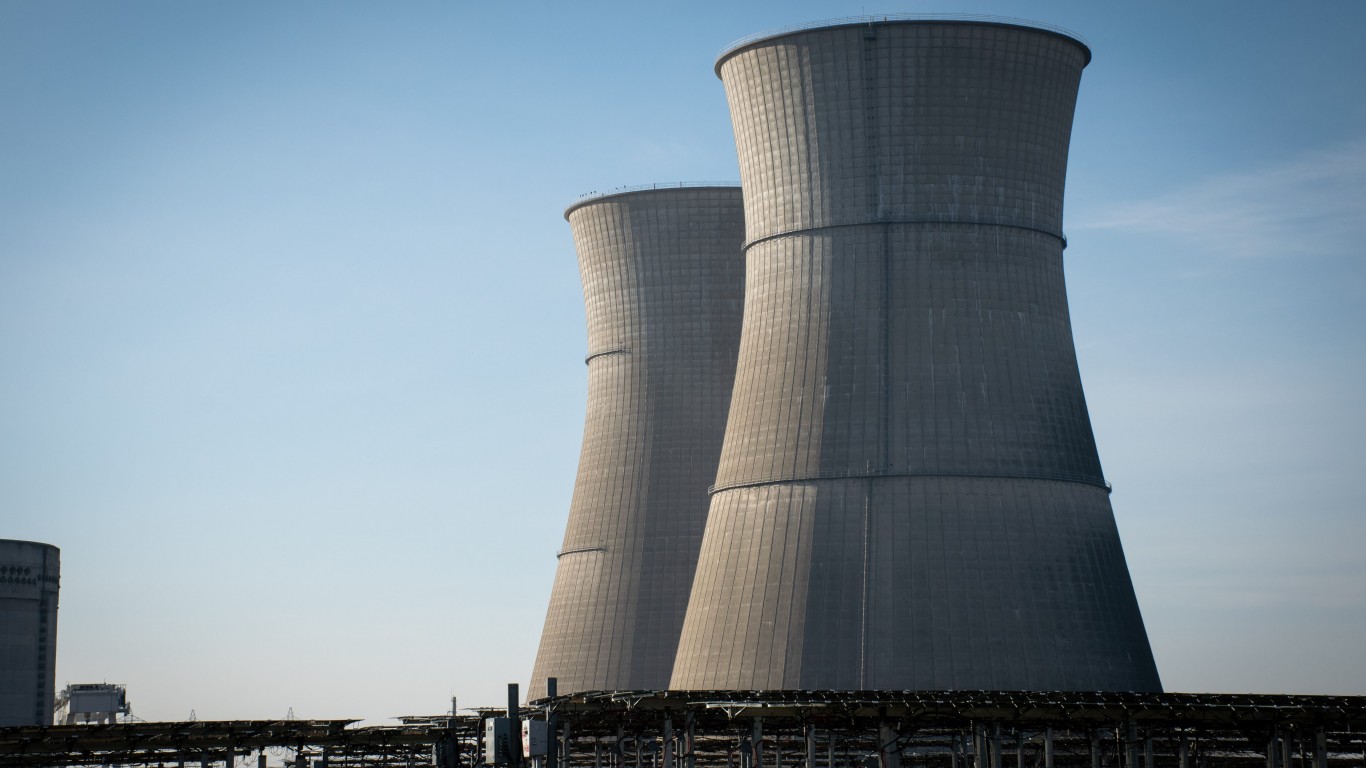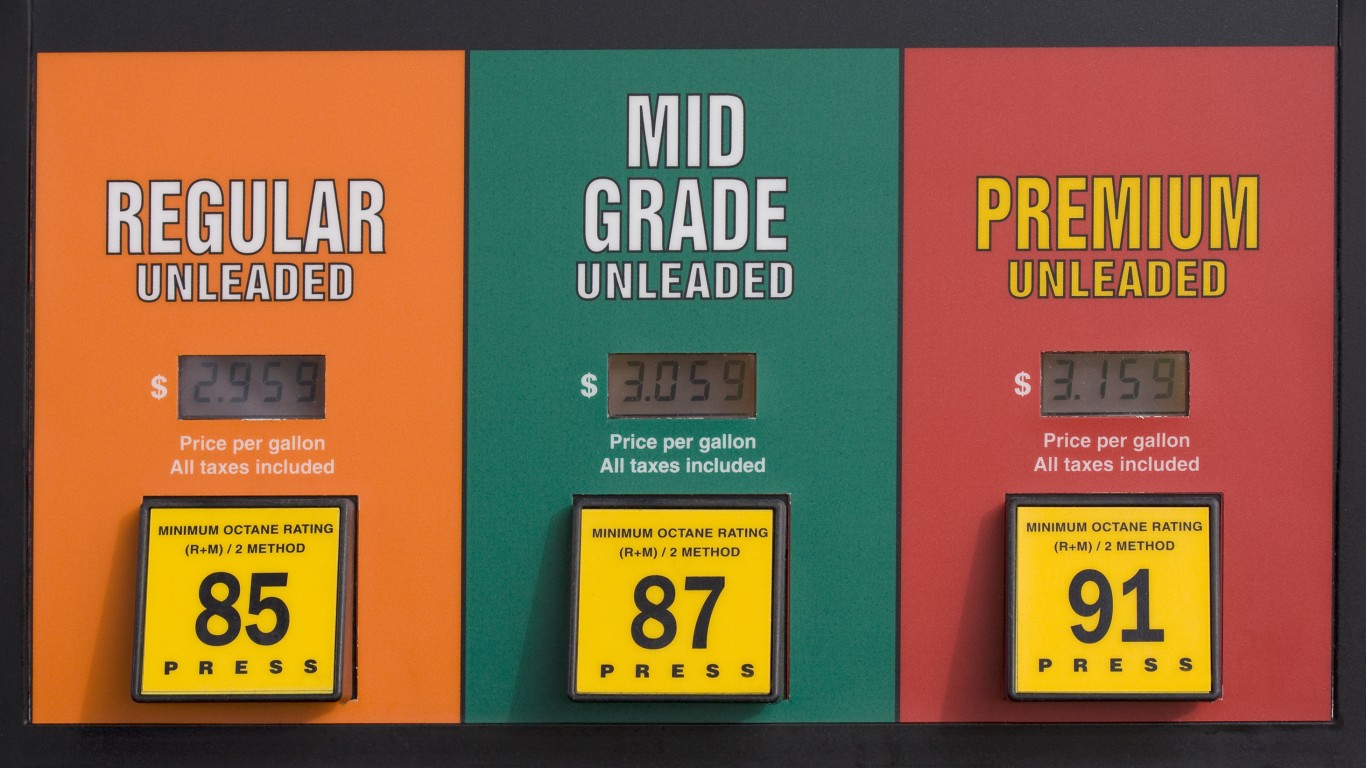 Predicting oil prices a month from now is a risky business. Predicting oil prices a year from now is close to madness. Perhaps it is fairer to say that believing a prediction for oil prices a year from now is madness. For context, keep in mind that the United States Oil Fund, LP ETF (NYSE:USO) is rising again, getting closer to its share price of one year ago. The same is true of the iPath S&P GSCI Crude Oil ETN (NYSE:OIL) and the Oil Services HOLDRs ETF (NYSE:OIH). Since losing anywhere between 20% and 30% in the month of June, these funds have steadily recovered.
Predicting oil prices a month from now is a risky business. Predicting oil prices a year from now is close to madness. Perhaps it is fairer to say that believing a prediction for oil prices a year from now is madness. For context, keep in mind that the United States Oil Fund, LP ETF (NYSE:USO) is rising again, getting closer to its share price of one year ago. The same is true of the iPath S&P GSCI Crude Oil ETN (NYSE:OIL) and the Oil Services HOLDRs ETF (NYSE:OIH). Since losing anywhere between 20% and 30% in the month of June, these funds have steadily recovered.
The problem with predictions is that for every one that forecasts price rises it is possible to find one that forecasts price declines. The arguments for each are usually sound, and based on the forecaster’s belief in how the world ought to work. Whichever side an investor comes down on, the decision is typically an act of faith.
So here we go. The CEO of Vitol, the world’s largest oil trader, expects crude prices to rise to $85/barrel in 2011 — a prediction counter to most forecasts which expect the market to top $100/barrel next year.
Vitol says its forecast is based on supply and demand fundamentals. First of all, a price between $70/barrel and $85/barrel is acceptable to both producers and consumers. At that price, pump prices are likely to remain below $3/gallon in the US.
Vitol also believes that prices are likely to stay below the $85/barrel level due to excess supply in the market and excess products coming out of the world’s refineries. The trading house sees demand growth slowing to 1.3 million b/d in 2011, compared with 1.6 million b/d in 2010.
Forecasts that crude prices will rise above $100/barrel are based primarily on factors that are not fundamental to the oil market. For example, if the global economy starts growing again at a faster pace, demand for energy will rise and so will prices. If the economy slows, so will demand for oil.
Likewise, if the dollar continues to fall, oil will be more in demand as a substitute “currency” and the price of a barrel of oil will rise. And if the US launches another round of quantitative easing, that will almost certainly lead to some level inflation, which would likely reduce near-month prices and flatten out the steep contango of the current market.
In the big run-up in oil prices during 2008, the fundamentals and the speculation were both lined up to push the price higher. That’s not the case today. The fundamentals say the price is not likely to change much. The speculation is that the global economy will drive the oil market higher, whether the economy improves or not.
Paul Ausick
It’s Your Money, Your Future—Own It (sponsor)
Are you ahead, or behind on retirement? For families with more than $500,000 saved for retirement, finding a financial advisor who puts your interest first can be the difference, and today it’s easier than ever. SmartAsset’s free tool matches you with up to three fiduciary financial advisors who serve your area in minutes. Each advisor has been carefully vetted and must act in your best interests. Start your search now.
If you’ve saved and built a substantial nest egg for you and your family, don’t delay; get started right here and help your retirement dreams become a retirement reality.
Thank you for reading! Have some feedback for us?
Contact the 24/7 Wall St. editorial team.




